Do You Need A Running Shoe Rotation?
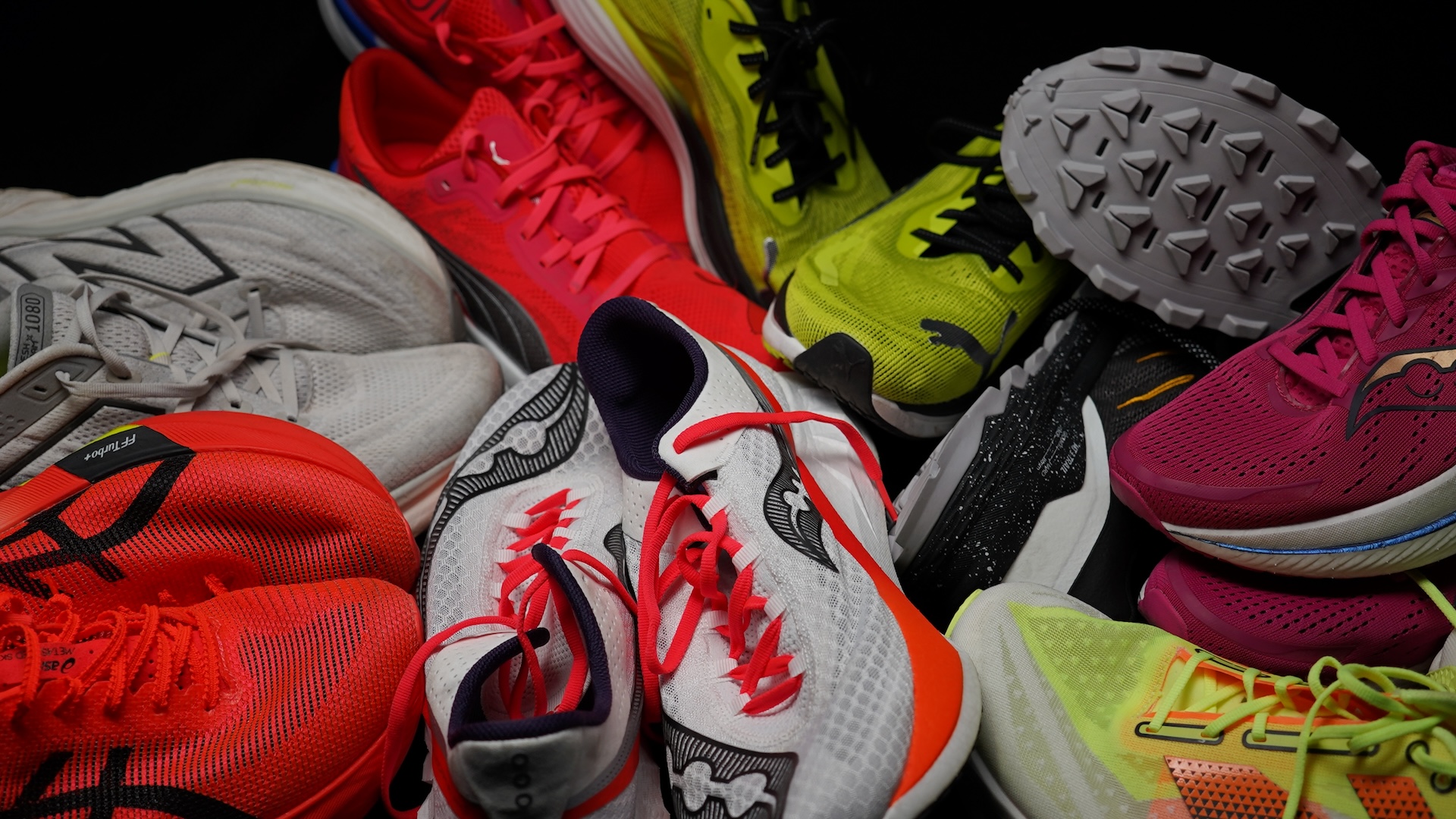
How many pairs of running shoes do you have? How many pairs of running shoes do you need? Why might you want to have a rotation of different running shoes?
This is everything you need to know about different types of running shoes, like daily trainers, tempo shoes, trail running shoes and carbon plate racing shoes, and which pairs you might want in your running shoe rotation.
WHAT DOES ‘RUNNING SHOE ROTATION’ MEAN?
Ultimately it means that you are running in more than one pair of running shoes. That might mean alternating between two similar pairs, like two different daily trainers, or it might mean having a wide rotation of different types of running shoes which you pick based on the kind of run you’re doing.
WHAT TYPES OF RUNNING SHOES ARE THERE?
- Daily trainers are the shoes you wear for most of your everyday easy running. They are good all-rounders, comfortable and reliable, and fine for all types of running.
- Max-cushioned shoes are like a daily trainer but tend to be a bit softer, heavier, and have more foam for a more comfortable ride. These are best for your easy runs.
- Tempo/interval shoes are designed for faster workouts. Some have a carbon plate and all use a performance foam to help you run faster.
- Super trainers are a relatively new category of running shoe which is high-stack, has lots of performance foam, and a carbon plate, making them ideal for faster workouts and long runs, and as a companion shoe to a carbon plate racing shoe.
- Carbon plate racing shoes are designed for running fast in races. Some work best for shorter races (up to half marathon) and others are more optimal for marathons.
- Trail running shoes have a more structured upper and an outsole with deeper lugs and perhaps a more grippy material, meaning you have more traction for running on trails and tough terrain. Road to trail shoes perform similar to road shoes, but with more grip making them work on light trails, while you can also get trail shoes designed for technical conditions. There are also carbon plate trail shoes for those looking to race faster on the trails.
- Minimalist running shoes are designed to be foot-shaped and with a very small amount of foam or material between the foot and the ground. Most are zero-drop, meaning they are flat between the heel and toes. They can take some getting used to, and won’t work for all runners.
WHAT ABOUT NEUTRAL AND STABILITY SHOES?
This refers to the amount of stabilisation built into a running shoe. Most regular trainers are ‘neutral’ meaning they have some flexibility for your feet within the shoes, while stability shoes will have additional elements built into the shoe to help support your feet and balance out your stride. You can find stability versions of most different shoe types (apart from carbon plate racing shoes).
Stability elements might include higher arches or guide rails on the inside of the shoe. If you pronate badly when you run, or have very high or low arches, then you may want stability shoes, but it’s best to have a professional gait analysis to know if these shoes are right for you.
WHY SHOULD I ROTATE MY RUNNING SHOES?
There are several benefits to having a selection of different running shoes, and research suggests that there’s reduced risk of running injury if you regularly use different shoes. One reason is that by using different shoes, our feet and legs are always having to work slightly differently, which helps to create more balance and strength in the feet and legs.
By using shoes with different foam densities and softness, and shoes with different ‘drop height’ (the difference between the heel height and the height of the foam in the forefoot), you can utilise different muscles. (And here’s a piece about the anatomy of a running shoe if any of these terms don’t make sense!)
Rotating running shoes also means each pair will last longer. If you expect a pair to last for 300-500 miles but you alternate between two or three different pairs, then it takes a lot longer to get to those miles, so while it may feel expensive to have two pairs of shoes, ultimately it’s not much different from wearing one shoe until you need to retire it, then getting a new pair.
WHAT DOES MY SHOE ROTATION DEPEND ON?
There are lots of things to consider when thinking about a running shoe rotation.
- How often do you run?
- How far do you run in a week or month?
- What types of runs do you do?
- Where do you run?
- What’s your budget?
If you only run a 5km once or twice a week, then you probably don’t need a large selection of running shoes and one pair of daily trainers will be fine for you.
But if you’re training specifically for a race and running three or more times a week, including a faster session and a long run, then it’s a good idea to consider adding an extra pair or two to your rotation.
If you run on both road and trail then you’ll also want to think about having a pair for both terrains, especially when the weather leaves wet and muddy trails.
As for budget, you can look for good value options for trainers. You can search in the sales where older models may be reduced in price, or look on sites like Vinted and Ebay where you can find second-hand shoes that are still in good condition – just look for shoes which don’t have too many miles in them already (under 30km/50 miles) as they could begin to be moulded or shaped to the previous wearer.
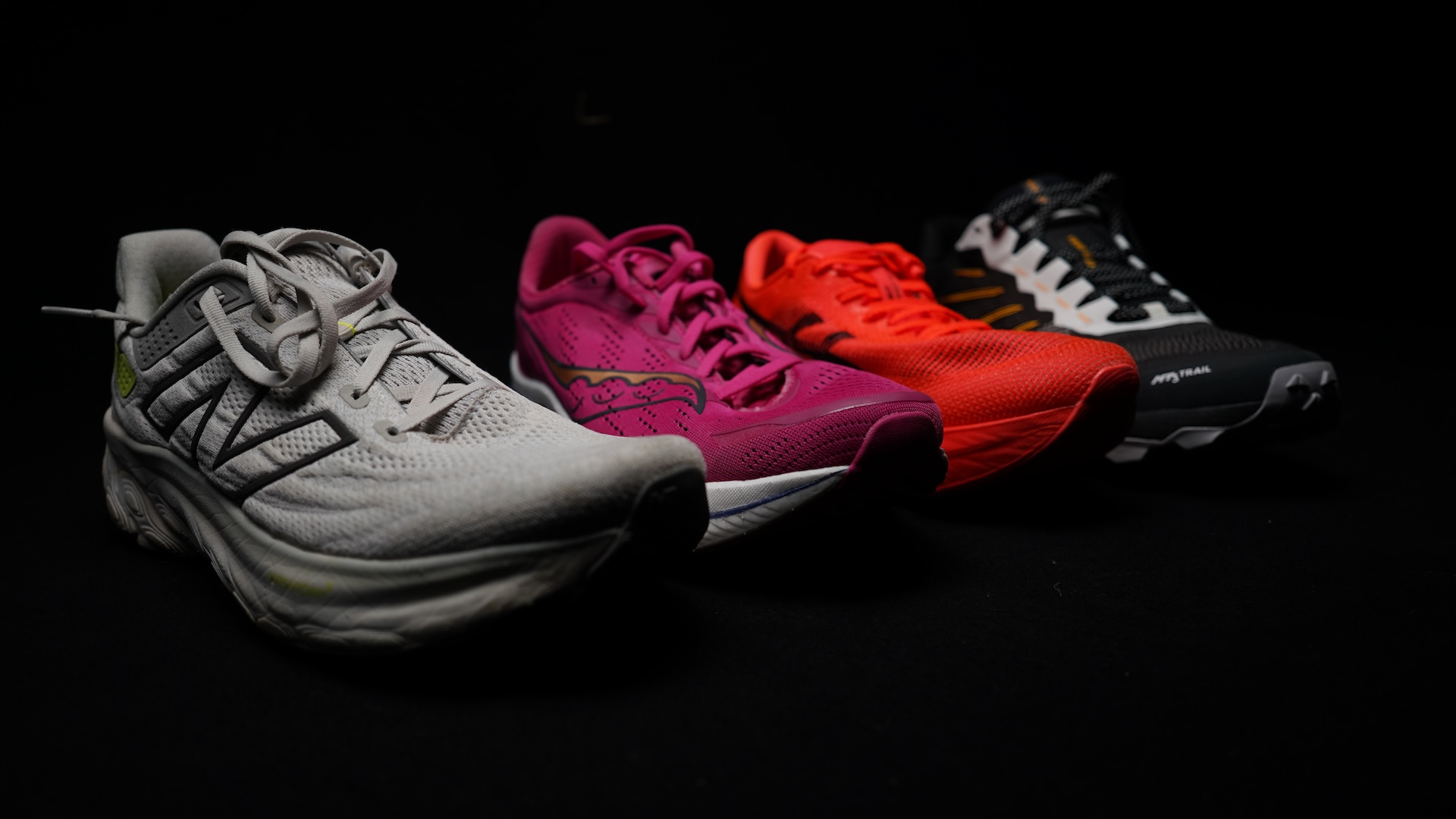
WHAT’S A GOOD RUNNING SHOE ROTATION FOR ME?
A basic all-round shoe rotation will include:
- Daily trainers for most of your easy miles
- Tempo or speed shoe for workouts
- Optional trail shoes if you regularly run on trails
Additionally you could add a pair of carbon plate racing shoes and perhaps a second pair of daily trainers, like a max-cushioned shoe.
If you’re looking for additional shoes then you could have a couple of pairs in each main shoe category:
- A generalist daily trainer, and a max-cushioned/high stack trainer
- A shoe for shorter interval workouts, and a pair of carbon plate tempo shoes or ‘super trainers’, which are high-stack carbon-plated training shoes for long runs
- A road-to-trail shoe, and one that has a more grippy outsole for tougher conditions
- A carbon plate race shoe which works best for shorter races (5km to half marathon), and one with more cushion and support for marathons
CAN I RUN IN SHOES FROM DIFFERENT BRANDS, OR SHOULD I STICK TO ONE BRAND?
That’s totally up to you! If there’s a brand which you particularly like and you know they work well for you, then you can have a rotation using just their shoes. Most brands have shoes for each of the main categories, so you can have some consistency in the ride and fit of the shoe, while still having the full variety of shoe types.
But you don’t need to stick to one brand. It’s more important that the shoe works well for you and it doesn’t matter if you have a different brand for each type of shoe.
CAN I JUST HAVE ONE PAIR OF RUNNING SHOES?
Yes, you can. And if you only run once or twice a week, and wear other trainers for things like walking, then one pair is fine for you. But if you run three or more times per week then you might want to consider having a choice of running shoes.
DO I NEED TO BREAK IN NEW RUNNING SHOES?
Good question, and it’s something that we’ve written a whole other post about. You can read all about breaking in running shoes here.
WHEN SHOULD I CHANGE RUNNING SHOES?
Most running shoes should be fine for at least 300 miles, with no upper limit, but the amount of distance you’ve run is irrelevant to the condition of the shoe. Here are some clues that it’s time to get a new pair of running shoes, otherwise if a shoe is still comfortable for you, then keep on running!
- The outsole is worn down to the midsole
- The shoe has holes in the upper which cannot be repaired
- The shoe starts to feel harder and unresponsive on your feet, and is no longer providing protection or energy return
- The shoe is starting to cause you aches or pains anywhere from your big toe to your butt
***
What’s your running shoe rotation? Do you have numerous pairs of running shoes? How many pairs is too many?!

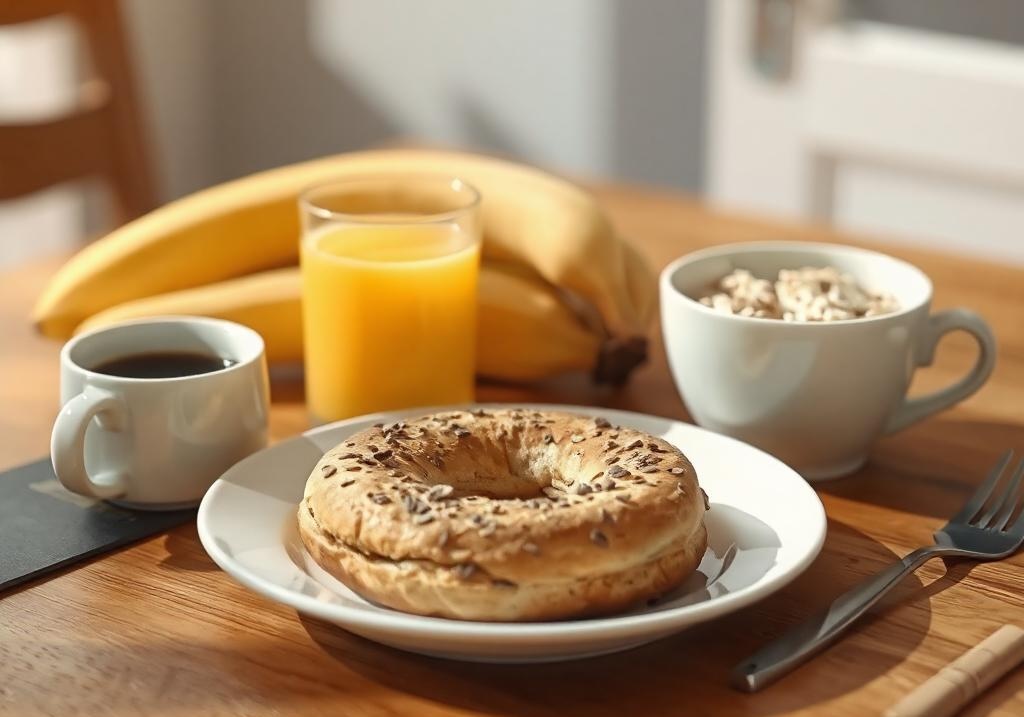
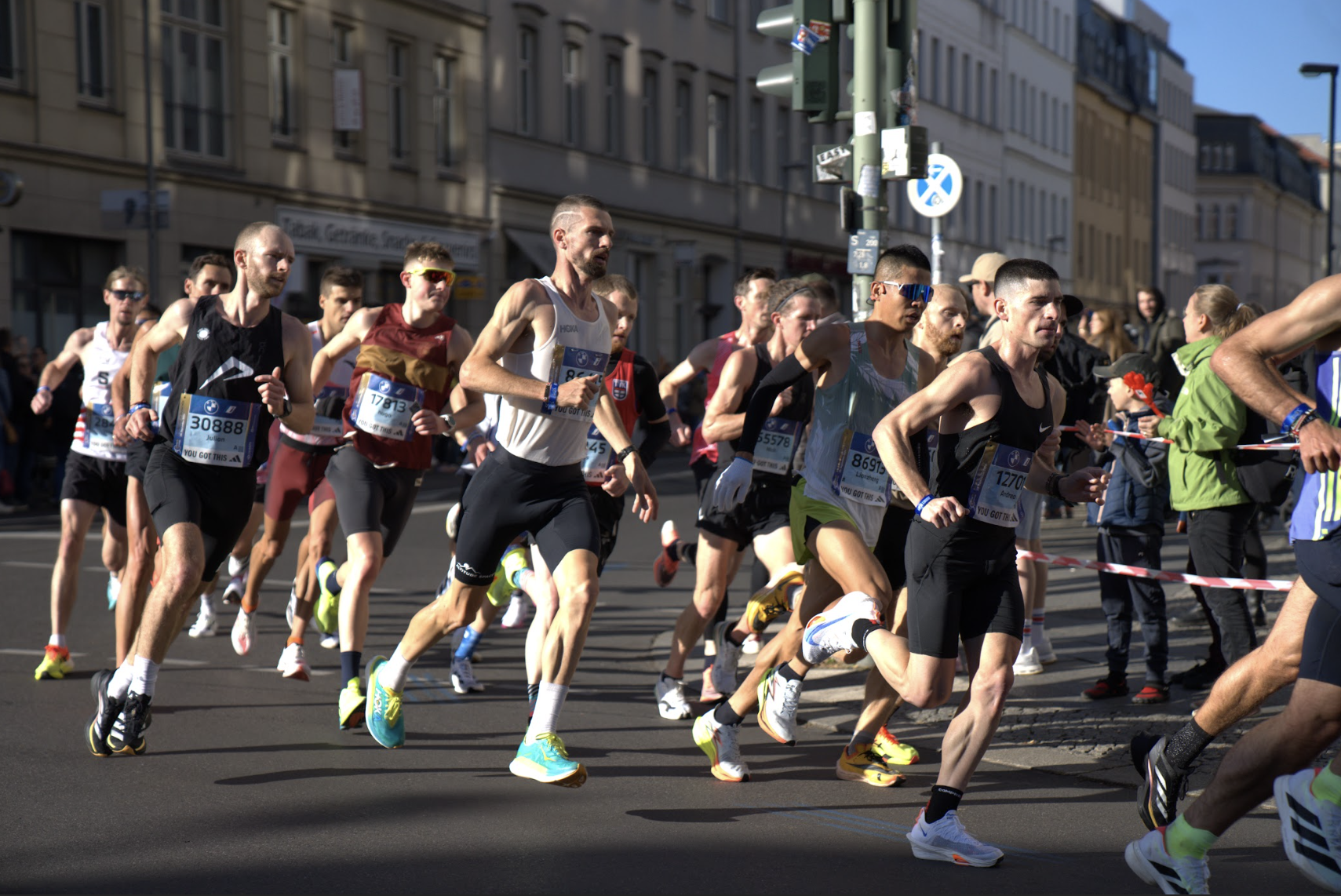

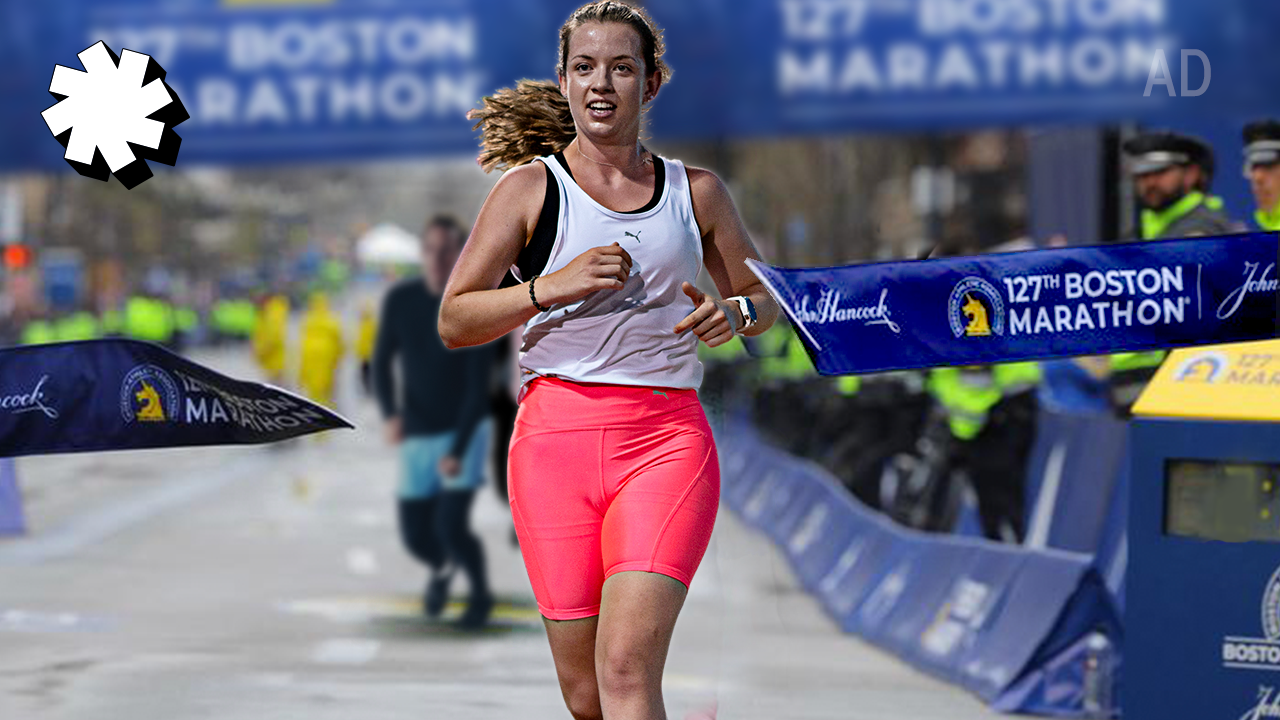
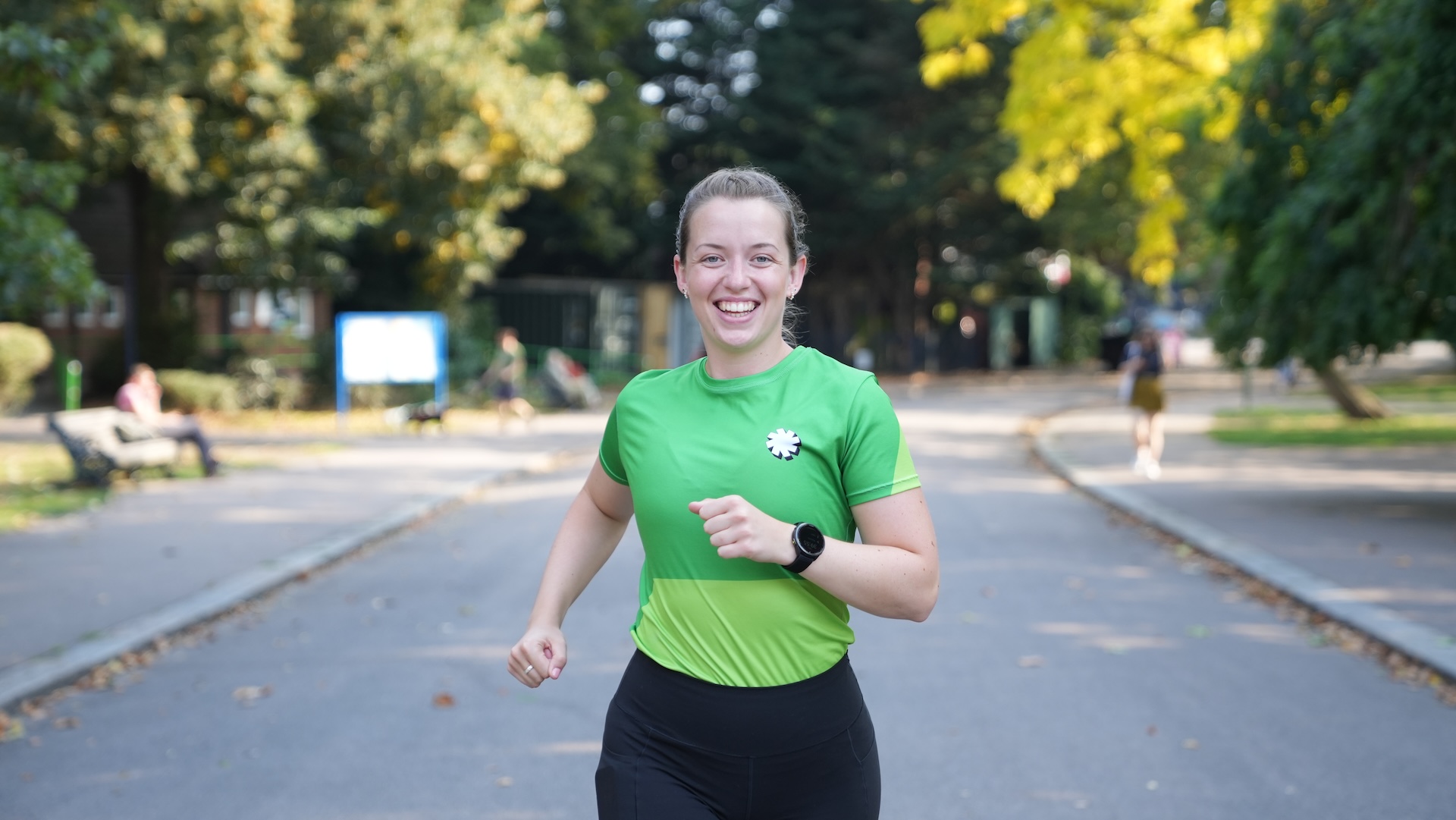



















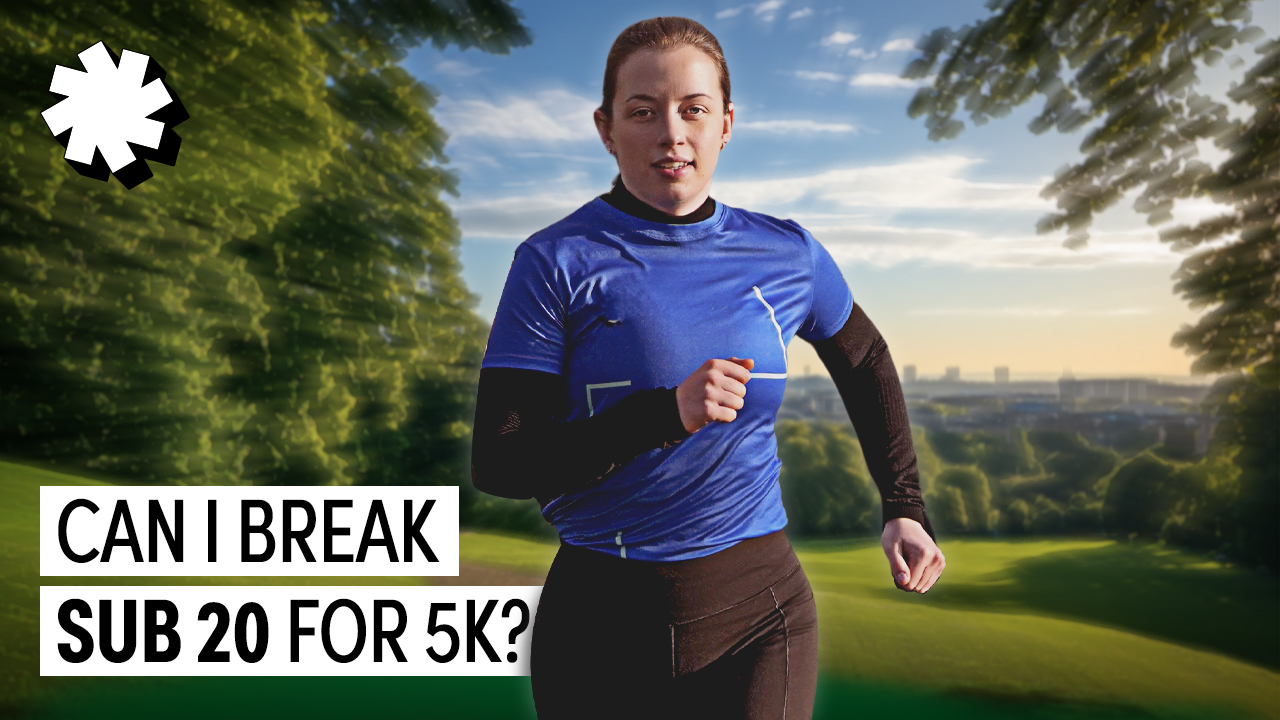

Running News
Ingebrigtsen Stars at World Athletics Indoor Championships 2025 – Plus All The Winners!
Sam Ruthe Is First 15-Year-Old To Run A Four-Minute Mile!
Eliud Kipchoge Will Run The 2025 Sydney Marathon!